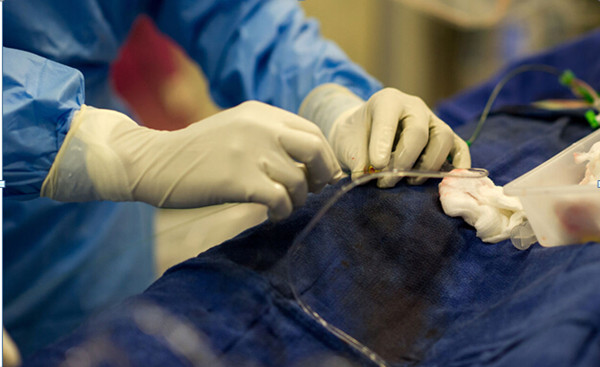Stents, stents, stents for sale, who wants a stent?
Would you want to undergo a procedure that yielded no or negligible benefit and potentially exposes you to harm? Unfortunately, in healthcare systems where hospitals and physicians are financially rewarded according to the number of procedures they perform—whether patients need them or not—it becomes quite easy to implant a coronary stent in a low-risk patient who will not receive any benefit, or who could be injured or die as a result of the procedure. This is what is now happening now, not only in China, but also in the US and many other fee-for-medical-service countries.
Stents represent a big business in the United States. Approximately 700,000 stent procedures are performed each year at the cost of more than $110 billion. According to cardiology experts, nearly half of these procedures are unnecessary. They are not beneficial to the patient and most cases will prove harmful to long-term health. China has a similar or worse problem, with many patients receiving two to six stents without a convincing documentation of need. Every year, about 500,000 stents are being implanted in China. Almost 100% of these procedures use drug-eluting stents to treat patients with angina. Unfortunately, many stents are overused for asymptomatic patients identified as having a "blockage" through CTA (coronary computed tomography arteriography) screening.
This practice, which not only overutilizes scarce medical resources, exacts a large physical and psychological toll on the unsuspecting patients and their families. This problem has come to the attention of the National Committee of the Chinese People's Political Consultative Conference (CPPCC).
According to Dong Xieliang, a member of the CPPCC, hospitals buy a made-in-China heart stent for 3,000 yuan ($456) and sell it to the patient for 27,000 yuan.
There's no argument that in the right patients, stents are appropriate. Guidelines have been developed by the American College of Cardiology Foundation and the American Heart Association, where I've been a member for over 40 years, to identify suitable stent use for patients. Much of the supportive data is taken directly from: “A Report of the American College of Cardiology Foundation/American Heart Association Task Forceon Practice Guidelines, and the American College of Physicians, American Association for ThoracicSurgery, Preventive Cardiovascular Nurses Association, Society for Cardiovascular Angiography andInterventions, and Society of Thoracic Surgeons”.
When stents are used to restore blood flow in acute heart attack patients, few dispute they are beneficial. These and other acute cases account for about half of the 700,000 stent procedures in the U.S. annually – 50% are appropriate. It is estimated the appropriate use of stenting in China is much less and most domestic stenting is done for stable angina patients.
Implanting a stent is the most desirable method of treating early heart attacks. When someone has a heart attack, the earlier the coronary artery can be opened and a stent implanted, the more likely the patient is to fully recover from a heart attack. Although hundreds of thousands of Chinese patients are receiving inappropriate stents for stable coronary heart disease, many patients who should receive this heart and/or lifesaving procedure are not
Related Stories























